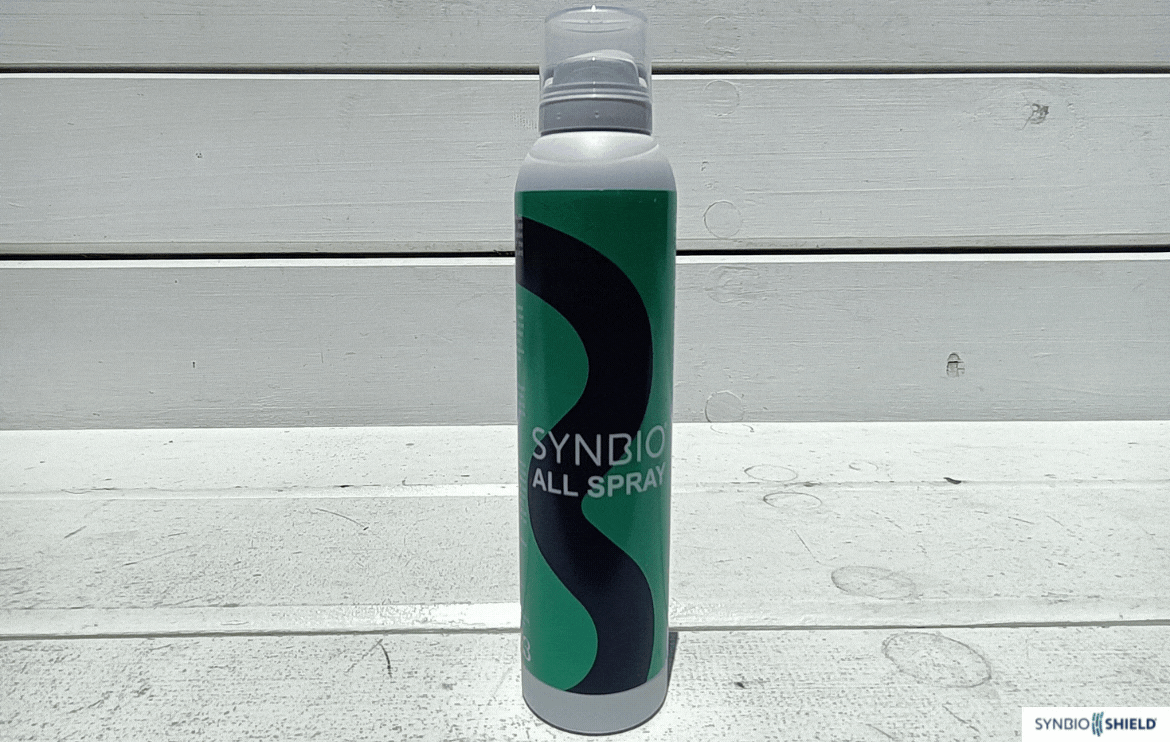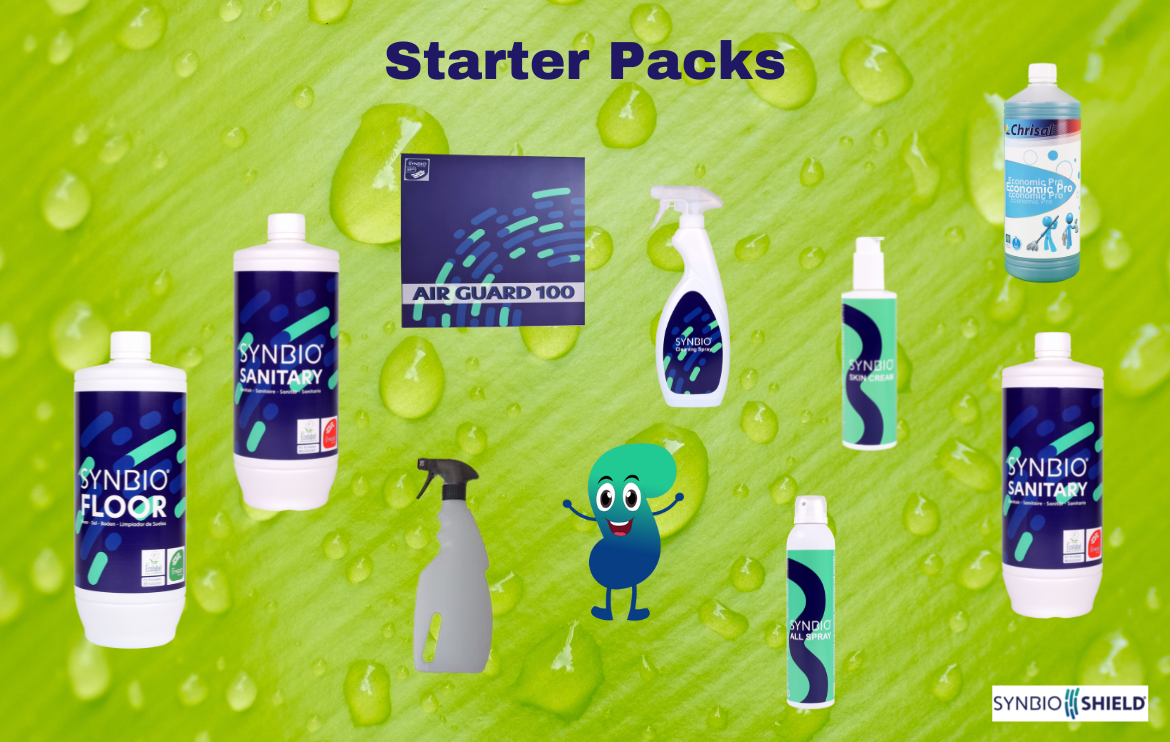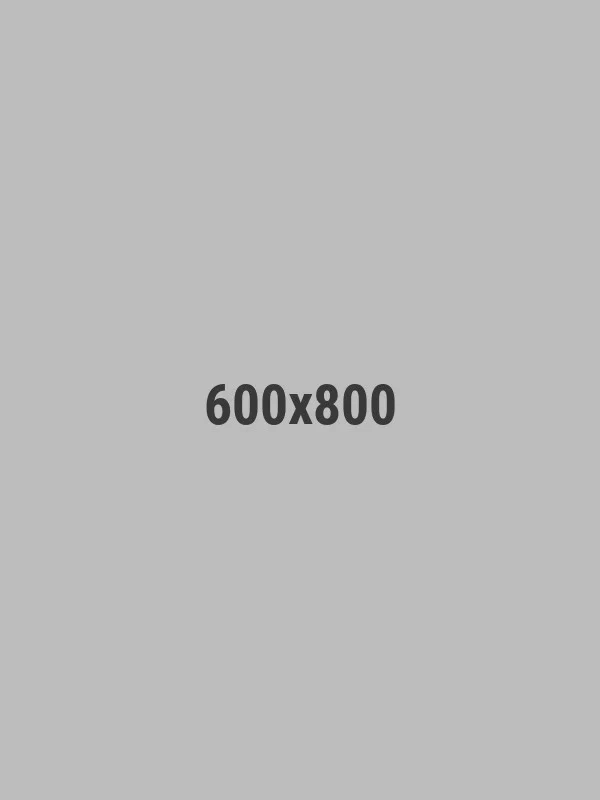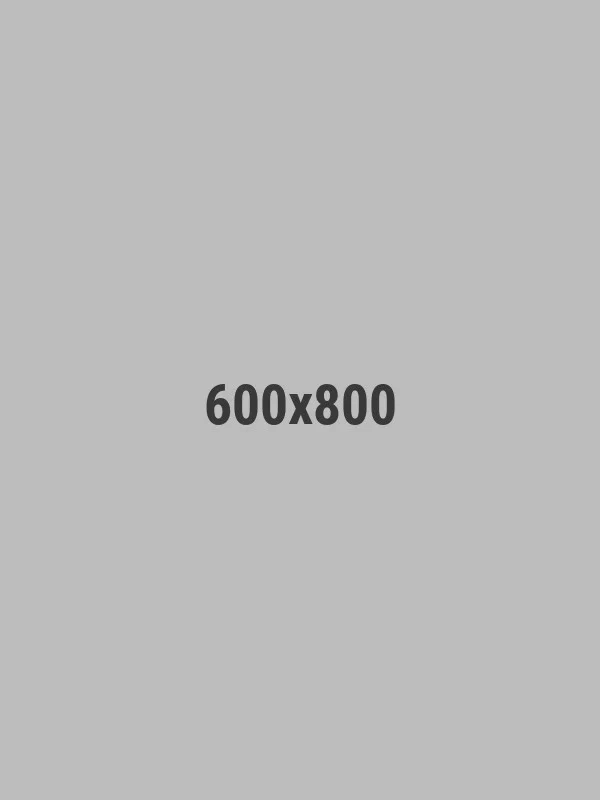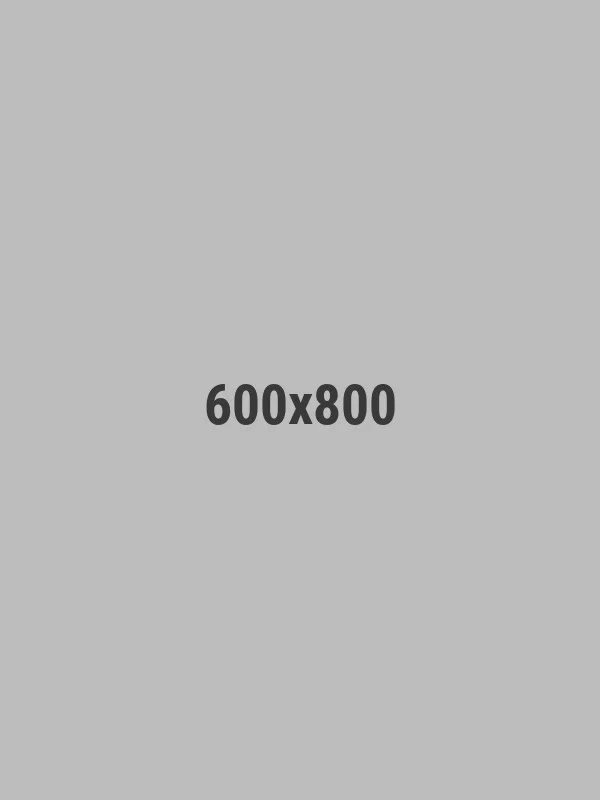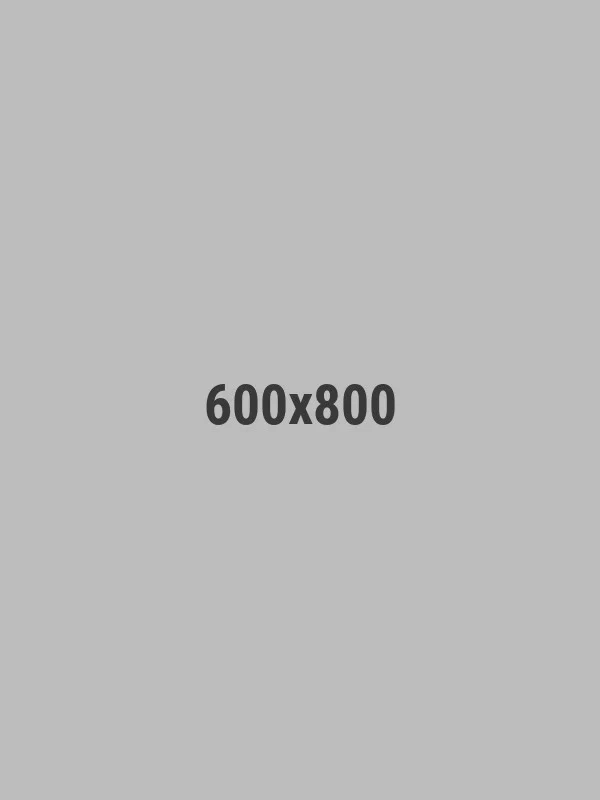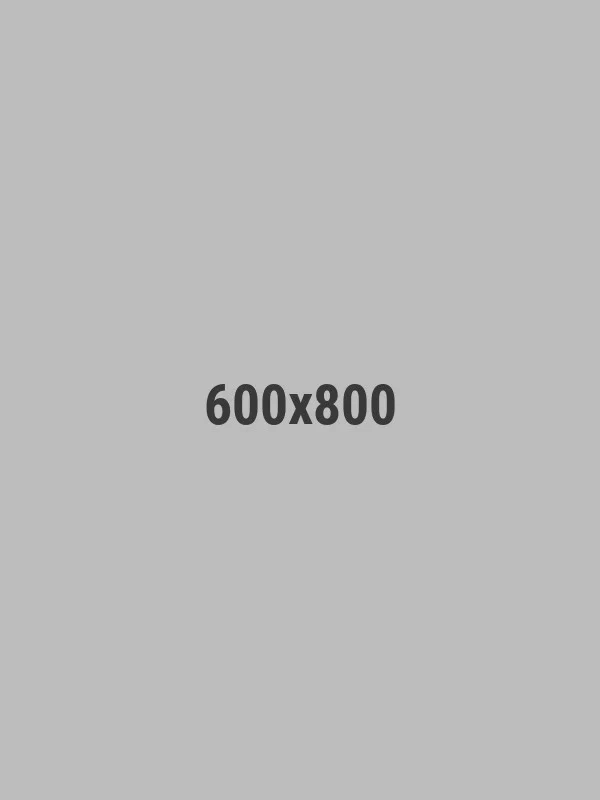Do disinfectants protect us or harm us?

Most homes and businesses nowadays use a variety of cleaning products. Nearly every home has at least one disinfectant product used regularly. All the major cleaning products manufacturers – both traditional and “Eco-Friendly” - sell multiple products which claim to “kill 99.9% of bacteria”, but have you ever stopped to read the fine print on these products? And what does “99.9% of bacteria” actually mean?
Understanding disinfectants
Disinfectants are chemical-based products. “Eco-friendly” Disinfectants use chemicals that are less harmful to the environment. Either way, the introduction of such chemicals to our indoor spaces (homes, offices, schools, etc.) is undermining the natural balance of our indoors and causes the natural balance of microorganisms such as bacteria to shift towards more dangerous realms:
Attempting to kill all microorganisms through disinfection is rarely achievable, it increases antimicrobial resistance (the emergence of “Superbugs”), has damaging effects on our health (triggering allergies, asthma and more,) and our environment due to the harmful biocides it contains, and simply isn't as effective as we were brought up to think.
The fine print
When companies develop a disinfectant, they test it in their own labs. In less common cases, 3rd-party labs are involved in the testing of such products for certification purposes. What the manufacturers rarely advertise is the number of pathogens (bad bacteria) types that their products have been tested against. Some manufacturers who do include this information, hide it in the fine print.
For example, if you’ll inspect your Dettol® products, you will discover that the fine print contains 3-4 types of such pathogens. Other products are tested against 6-8 types of pathogens.
What is not written even in the finest print is that these lab tests are done on standard pathogens. None of these products are tested against Resistant Bacteria, even though such resistant pathogens can be commonly found indoors. In fact, using disinfectants and sanitisers actually contributes to the emergence of resistant bacteria.
The 99.9% disinfectant and sanitiser marketing scam
At any given time, there are up to 1 billion (!) bacteria on our hands, in what is called our microbiome. The microbiome on our hands normally consists of both good bacteria and pathogens. Some of those pathogens are likely to have mutated to resist chemicals (in a similar way to how viruses mutate and create variations) in different ways.
When using hand sanitiser, in an “ideal” situation, we will kill 99.9% of the bacteria on our hands, both good and pathogens. However, we will leave 100% of the resistant pathogens that have developed immunity to the chemicals in the sanitiser. That means 1,000,000 bacteria – mostly the worst kind – will remain on our hands and immediately start spreading to the available space that was previously occupied by the good (and “standard” bad) bacteria which we’ve just killed.
The same goes for any surface that is cleaned by a disinfectant: Studies show that disinfected surfaces become re-infected by pathogens as little as 20 minutes after they’ve been disinfected.
As explained above, killing 99.9% of bacteria has no benefit. In fact, it causes more dangerous and resistant pathogens to occupy the disinfected or sanitised areas, exposing us to greater danger and health problems!
The solution
Using probiotic and synbiotic cleaning and personal care products from Synbio Shield NZ does not harm the good bacteria on surfaces and our bodies, while decreasing the presence of pathogens.
In fact, because these products use probiotics and prebiotics to clean the surfaces, resistant pathogens are deprived of nutrients and expansion room, and thus they starve and die over time.
Consistent usage of Synbio Shield products reduces antimicrobial resistance and enhances the health and safety of indoor areas, without compromising our health!

